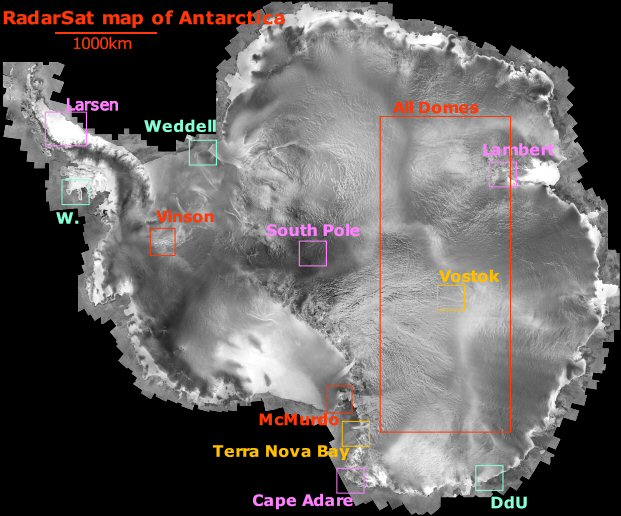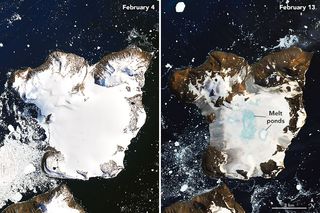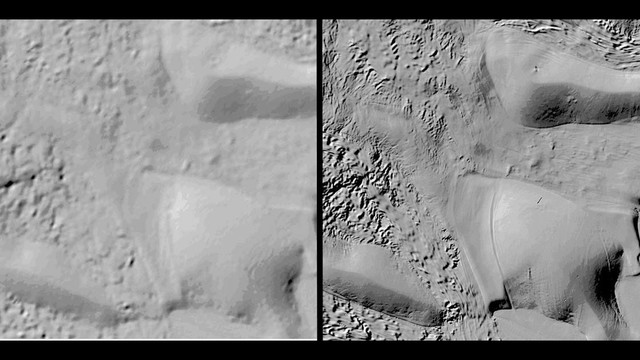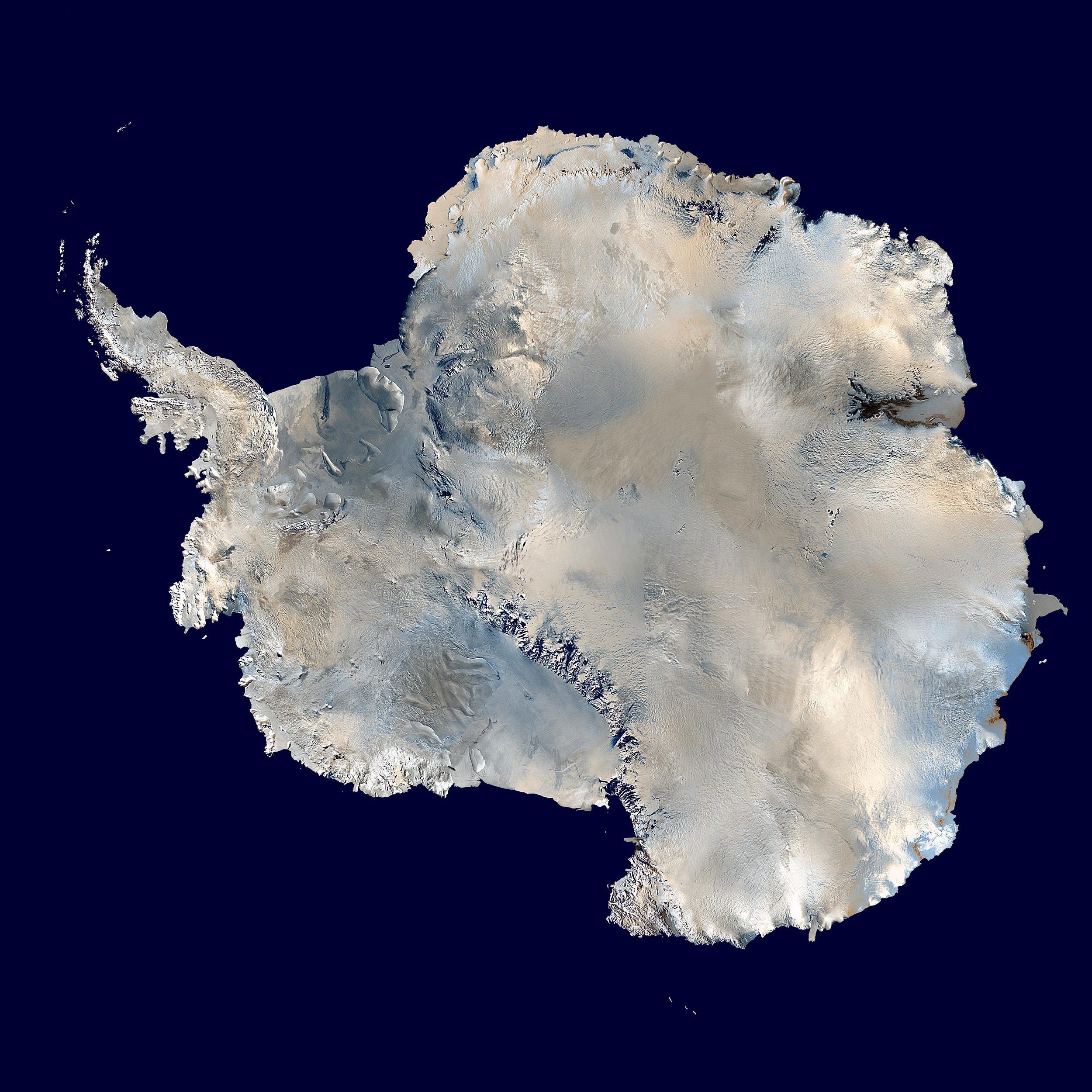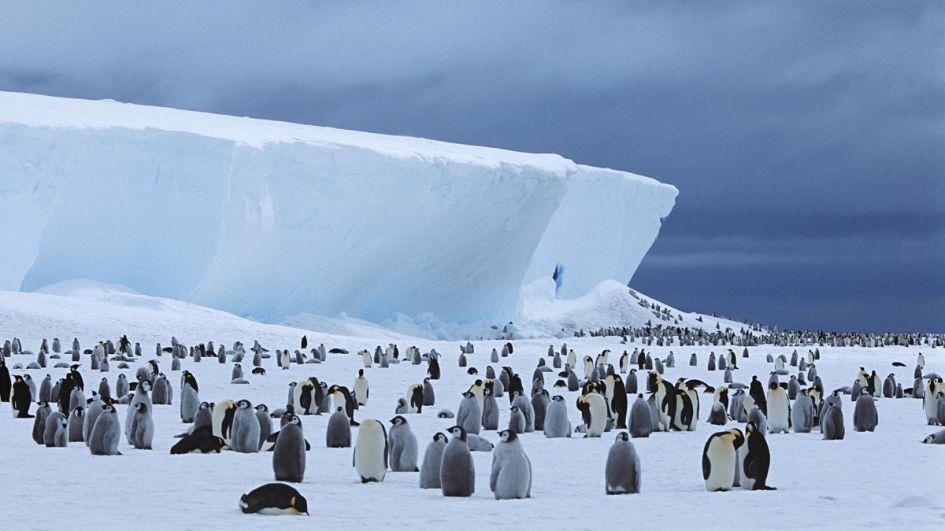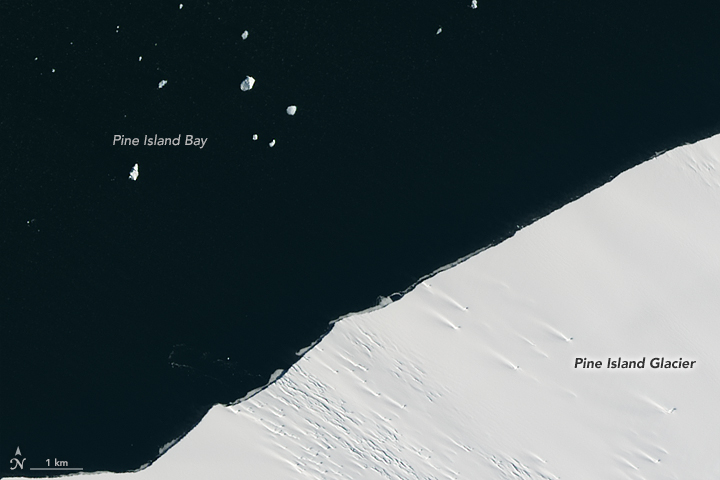Live Satellite Images Of Antarctica

Map of antarctica and the southern ocean produced by the lima project landsat image mosaic of antarctica.
Live satellite images of antarctica. A bizarre anomaly of around 250 km has been found in antarctica thanks to satellite images provided by nasa. It shows the topography of antarctica as blue lines research stations of the united states and the united kingdom in red text ice free rock areas in brown ice shelves in gray and names of the major ocean water bodies in blue uppercase text. Antarctica was enjoying summer when this image was taken. High resolution satellite imagery from maxar on wednesday 19 august 7 39am captures forward section of wakashio being towed toward antarctica by two support vessels.
Antartica is largely uninhabited except for penguins credit. If you live near the equator landsat 8 will pass high above your head at 10 00 am in the morning every 16th day to image your neighbourhood. The ineractive map makes it easy to navitgate around the globe. For a better viewing experience consider downloading these free geospatial data and image viewers.
Watch the farearth observer to see what landsat sees live. Zoom earth shows live weather satellite images updated in near real time and the best high resolution aerial views of the earth in a fast zoomable map. Flying on both the aqua and terra satellites modis orbits the earth from north to south passing over antarctica many times every day. For this reason modis can only image antarctica during the summer.
Previously known as flash earth. See the latest antarctica enhanced weather satellite map including areas of cloud cover. The theory alleges that movements in the earth s crust meant that large parts of antarctica were ice free 12 000 years. A bizarre new theory claims that a mysterious anomaly discovered beneath the ice in antarctica may be a sort of secret base.
Return to landsat 7 image gallery satellite imaging corporation is an official value added reseller var of imaging and geospatial data products for. New york satellite imagery over antarctica shows the rapid deterioration of two glaciers the most watched by climate scientists over recent decades which could indicate rising sea.
